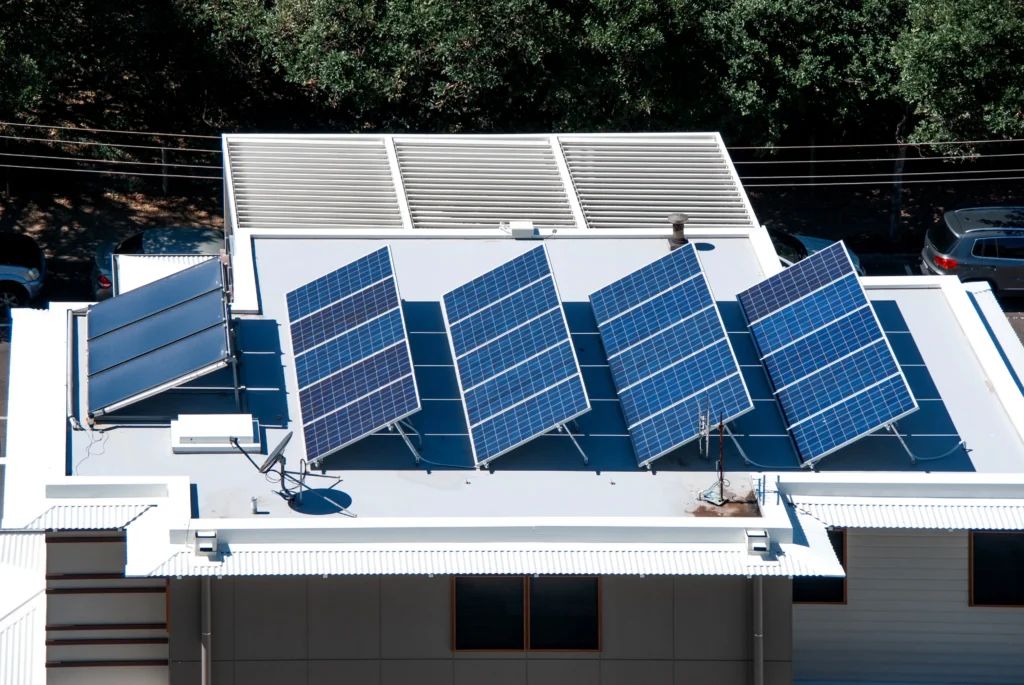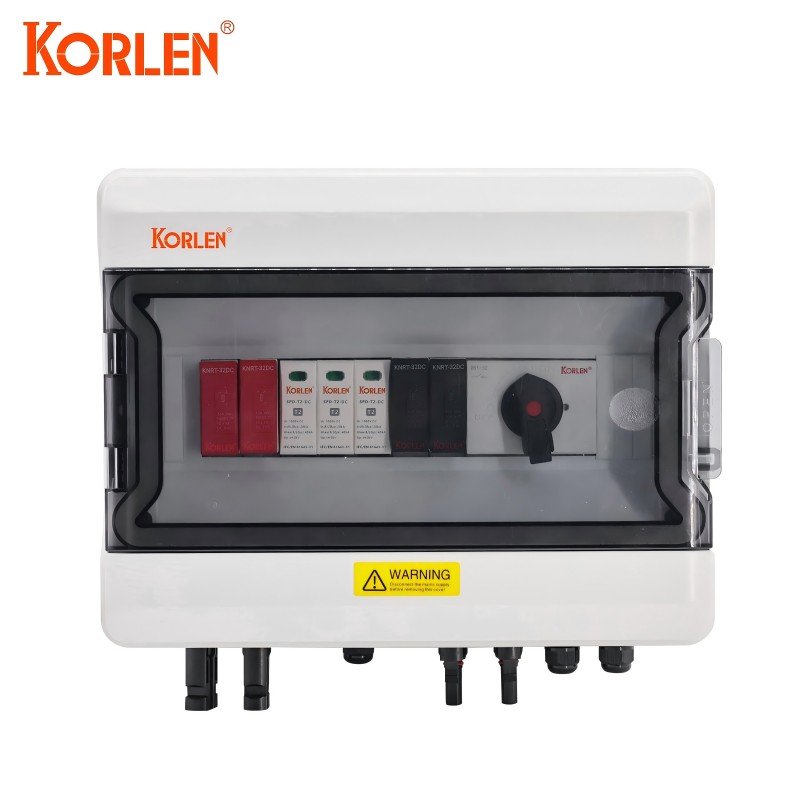Definition of PV Cable Connector
PV Cable Connector, also known as photovoltaic cable connector, is a device specially used for connecting cables in solar power generation systems. Its main function is to electrically connect solar panels, inverters, junction boxes and other equipment, so that electric energy can be transmitted efficiently and stably in photovoltaic systems. This type of connector not only requires excellent electrical performance, but also needs to have good environmental resistance and be able to adapt to various outdoor use scenarios, such as high temperature, rain, ultraviolet rays and other harsh conditions.
Function of PV Cable Connector
PV Cable Connector realizes current conduction through internal metal contacts, usually using materials such as copper and tinned copper to reduce resistance and ensure efficient transmission of electric energy. At the same time, the outer shell of the connector uses weather-resistant materials such as plastic, rubber or alloy, which not only provides insulation effect, but also prevents damage to the internal circuit by the external environment.
Classification of PV Cable Connectors
MC4 connector: MC4 is the most common PV connector and has almost become an industry standard. It is easy to install and remove, has an IP67 protection level, and can be used for a long time under harsh environmental conditions.
H4 connector: H4 is another type of connector commonly used in PV systems. It has similar functions to MC4, but has a higher current carrying capacity in certain specific scenarios.
T4 connector: It is mainly used in large-scale PV power station projects. It can withstand higher voltages and currents and is suitable for more complex PV system designs.
Working principle of PV Cable Connector
The working principle of PV Cable Connector is to electrically connect the various components in the PV system by contact crimping or welding. The metal part in the connector is responsible for conducting electricity, while the shell provides it with mechanical support and environmental protection. The connector must maintain low resistance and high reliability of current transmission to prevent power loss and ensure stable operation of the system.
Connector standards and certifications
PV Cable Connectors must comply with multiple international standards before they can be used in actual projects. For example, the IEC 62852 standard specifies the electrical characteristics, mechanical properties, and durability of photovoltaic connectors. In addition, UL certification is an important threshold for connectors to enter the North American market, ensuring product safety and compliance.








